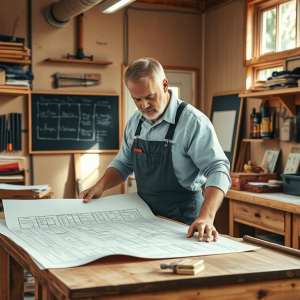Last Updated on April 23, 2025 by teamobn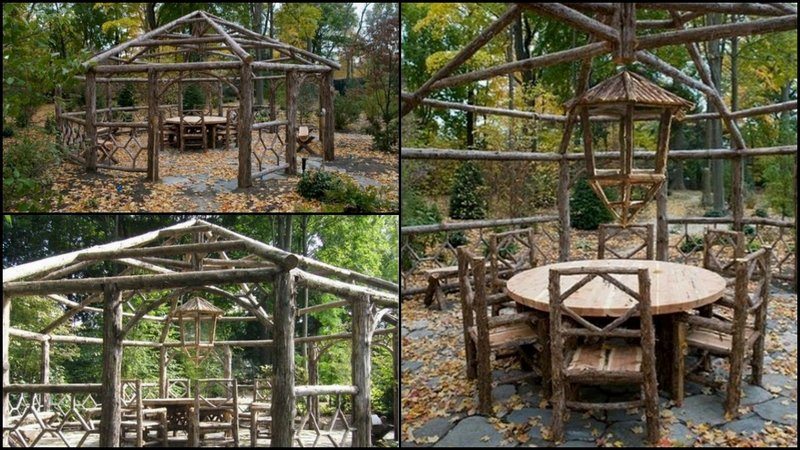
Rustic log gazebos are freestanding structures. They usually have a roof or canopy. They originated in Greece, where they were used for religious ceremonies. Over time, they have been used more for outdoor activities.
Some gazebos have stairs that lead to the roof, while others have a flat roof. It provides shelter from the elements. It also has posts and railings, which make it more functional.
They can be used to host events, such as weddings, barbecue parties and other outdoor activities.
From discussions with members, we find many don’t use their yard as much as they would like to. One reason is that there is nowhere to just sit and ‘chill out’. It is much easier to tackle a big landscaping project than most people realise.
If you want to build a gazebo, there are a few different ways to do it. You can either build it using wood, use a pre-built gazebo kit, or you can build one yourself.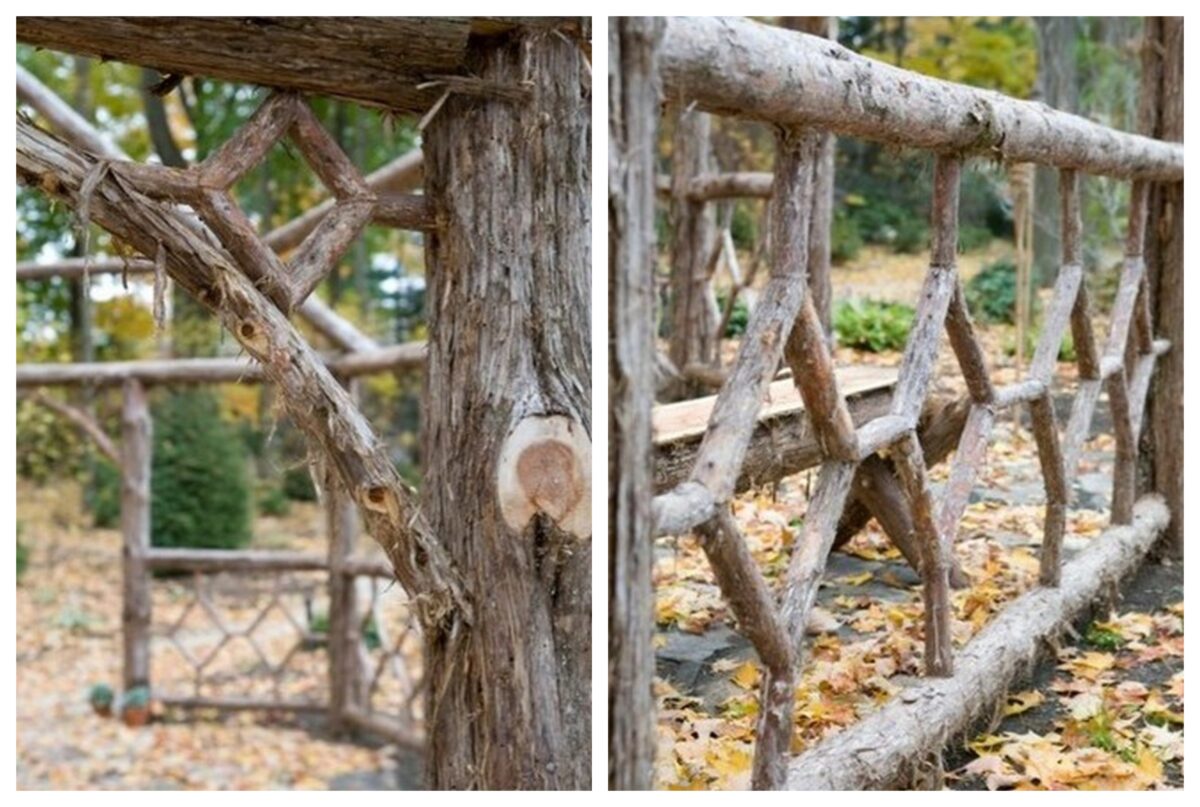
The key is always in the planning and also being realistic about the time frame. If you only have a day a week available to you and no ‘handy helpers’, allow accordingly.
Remember also that 10 minutes of help at the right time, can save hours of frustration. Maybe it’s time to reacquaint yourself with your neighbours. Discuss your project.
Apologise in advance for any noise or dust that you might cause. You’ll often get an offer to help, then and there. But make sure they know it’s a ‘two-way street’ and that you are available to assist them in return.
Step-by-Step Guide to Building a Rustic Log Gazebo
A rustic log gazebo adds natural charm to any outdoor space. It can serve as a shaded retreat, a gathering spot, or a focal point in your garden. If you’re ready to build one, this guide walks you through the essential tools, materials, and each construction step. It’s a rewarding project that blends traditional woodworking with outdoor living.
Materials Needed:
- Pressure-treated logs or natural round logs (6″–8″ diameter)
- Concrete mix (for footings)
- Rebar or metal post anchors
- Roofing material (cedar shingles, metal sheets, or asphalt shingles)
- Wood screws or lag bolts
- Timber sealant or exterior wood stain
- Roofing underlayment
- Gravel (for drainage)
- Joist hangers or metal brackets
Tools Required:
- Chainsaw or log saw
- Power drill with spade and driver bits
- Tape measure
- Post hole digger or auger
- Level
- Rubber mallet
- Ladder or scaffold
- Framing square
- Chisel and mallet
- Hammer
Steps to Building a Rustic Log Gazebo:
1. Plan and Measure the Layout
Choose a flat, well-drained area for your gazebo. Use stakes and string to mark a circular or polygonal layout. Measure spacing between posts accurately to ensure balance and symmetry.
2. Dig and Set Footings
Dig post holes at each marked corner, usually 2 to 3 feet deep depending on your local frost line. Fill each with gravel at the bottom for drainage. Set logs vertically and pour in concrete to secure them in place. Use a level to make sure all posts are upright and even in height.
3. Build the Base Frame
Attach horizontal logs around the base, using lag bolts and brackets for support. You can add crossbeams or braces for extra strength. If you’re adding flooring, lay joists across the frame and secure with joist hangers before installing decking boards.
4. Construct the Roof Frame
Install the main roof support beams on top of the vertical posts. Add rafters from each corner post toward the center peak. Use a framing square to keep angles consistent. Anchor the rafters firmly at the top.
5. Add Roofing Material
Cover the rafters with plywood or planks, then layer on roofing underlayment. Add shingles or your chosen roofing material starting from the base and moving upward. Ensure there’s a small overhang to direct rain away from the structure.
6. Seal and Finish the Structure
Apply timber sealant or stain to all logs and wood surfaces. This protects against moisture, UV damage, and pests. Let it dry fully before adding furniture or decor.
7. Optional Additions
Install a built-in bench, rustic lanterns, or a log railing for character and safety. If wiring is planned, use conduit rated for outdoor use and consult a licensed electrician.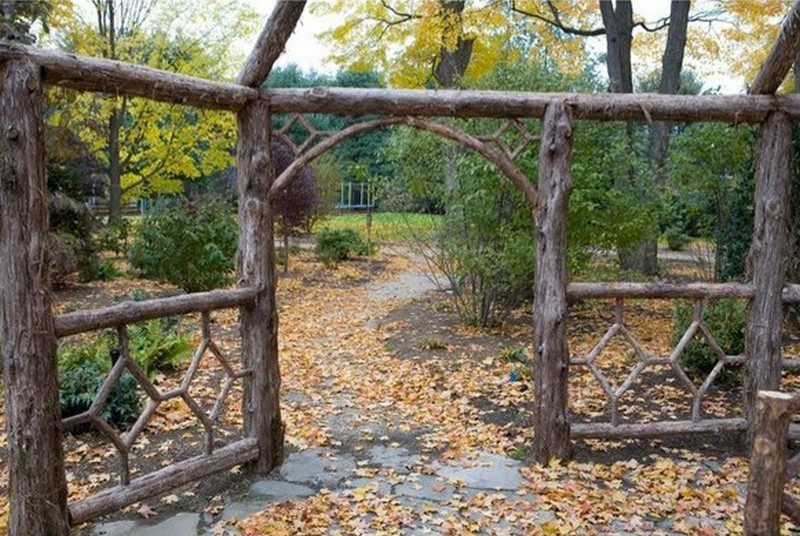
Best Wood Types for a Rustic Log Gazebo
Choosing the right wood is one of the most important decisions when building a rustic log gazebo. The look, durability, and long-term maintenance all depend on the type of timber you select. Some woods offer a natural resistance to rot and pests, while others stand out for their rugged beauty and affordability. Your climate, budget, and intended design will help determine which wood is best for your outdoor structure.
Cedar – Naturally Resistant and Visually Appealing
Cedar is one of the most popular choices for building a rustic log gazebo. It has a warm, reddish tone that ages into a soft gray if left untreated, giving your gazebo a timeworn charm. Cedar is also naturally resistant to decay and insects, which makes it an excellent option for outdoor use. It’s lightweight and easy to work with, ideal for DIY builders who don’t have access to heavy machinery.
Pine – Affordable and Easy to Find
Pine is widely available and typically more affordable than hardwoods or specialty timber. While it’s not as naturally resistant to rot or insects, it can be pressure-treated or sealed with wood preservative to increase durability. For homeowners looking to create a rustic log gazebo without overspending, pine offers an accessible entry point. Just make sure to apply a good sealant every couple of years to keep it protected.
Douglas Fir – Strong and Structurally Reliable
Douglas fir is another strong candidate for building a rustic log gazebo. Known for its strength and straight grain, it works well for structural elements like beams and rafters. It takes stain evenly and holds up well to outdoor conditions when properly treated. It’s a solid option if you’re building a larger gazebo that needs extra support.
Cypress – Durable with a Rustic Grain Pattern
Cypress is naturally rot-resistant and has a bold grain that adds visual texture to your structure. It’s a bit pricier than pine but generally lasts longer with less maintenance. Cypress also resists warping and splitting, which is important for exposed outdoor structures like a rustic log gazebo.
Oak – Tough but Requires More Work
White oak is dense and durable, making it an excellent long-term material. However, it’s heavy and more difficult to work with than softer woods. If you have the tools and experience, oak can give your rustic log gazebo an old-world look that’s hard to match.
Choosing the best wood type is about balancing durability, looks, and practicality. When matched to your climate and maintenance routine, the right wood will keep your rustic log gazebo standing strong and beautiful for years.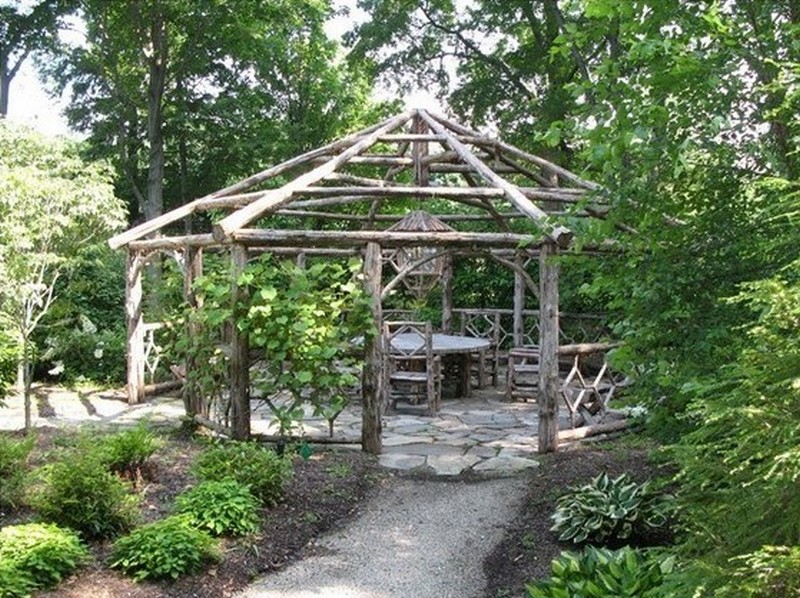
Adding Comfort and Function to Your Rustic Log Gazebo
A rustic log gazebo offers more than just visual appeal. It can become a functional outdoor retreat where you can relax, entertain guests, or even enjoy a quiet afternoon with a book. To make the most of your gazebo, it’s worth adding features that boost both comfort and usability. With the right additions, your rustic log gazebo can become one of the most inviting spaces in your backyard.
Built-In Seating for Effortless Lounging
Adding built-in benches or log seating makes your gazebo more practical for gatherings and daily use. You won’t need to move chairs in and out. Benches can follow the curve of the gazebo or align with the post layout, enhancing the rustic look. Use weather-resistant cushions to increase comfort without losing the natural aesthetic.
Add a Table for Dining or Game Nights
If you plan to dine or entertain under your rustic log gazebo, a sturdy table is a smart addition. A log-style or reclaimed wood table will match the gazebo’s rugged look. Round tables work well in circular gazebos, while square or rectangular ones suit more angular layouts. A center table also provides a surface for lanterns, drinks, or outdoor games.
Incorporate a Fire Pit or Heater
A small fire pit can extend the use of your rustic log gazebo into colder months. If open flames aren’t practical or safe, consider a propane heater or electric outdoor heating lamp. Be sure to follow safety guidelines and keep the structure well-ventilated. A central heating element adds ambiance and warmth for evening gatherings.
Install Privacy Features
Curtains, roll-down bamboo blinds, or lattice panels can offer privacy and shade. These additions let you control how much sun or wind enters the space. They also give the gazebo a cozy, enclosed feeling without fully blocking the outdoors.
Decorate with Rustic Lighting
Lantern-style string lights or solar-powered fixtures enhance visibility and atmosphere. Hang lights from rafters or wrap them around the posts. For a classic touch, add a wrought iron chandelier or antler-style light fixture in the center.
Add Functional Storage Options
Small shelves or a corner cabinet can hold outdoor essentials like blankets, tableware, or board games. Storage solutions help keep the space neat while supporting how you use your rustic log gazebo every day.
These comfort upgrades turn your rustic log gazebo into more than just a pretty structure. They make it a destination—one that feels welcoming and useful year-round.
Rustic Log Gazebo Gallery
Click on any image to start the lightbox display. Use your Esc key to close the lightbox. You can also view the images as a slideshow if you prefer 😎
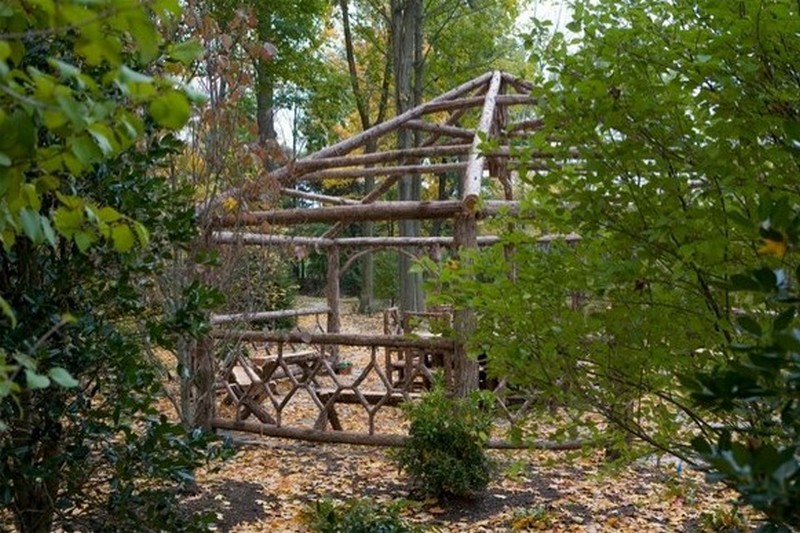
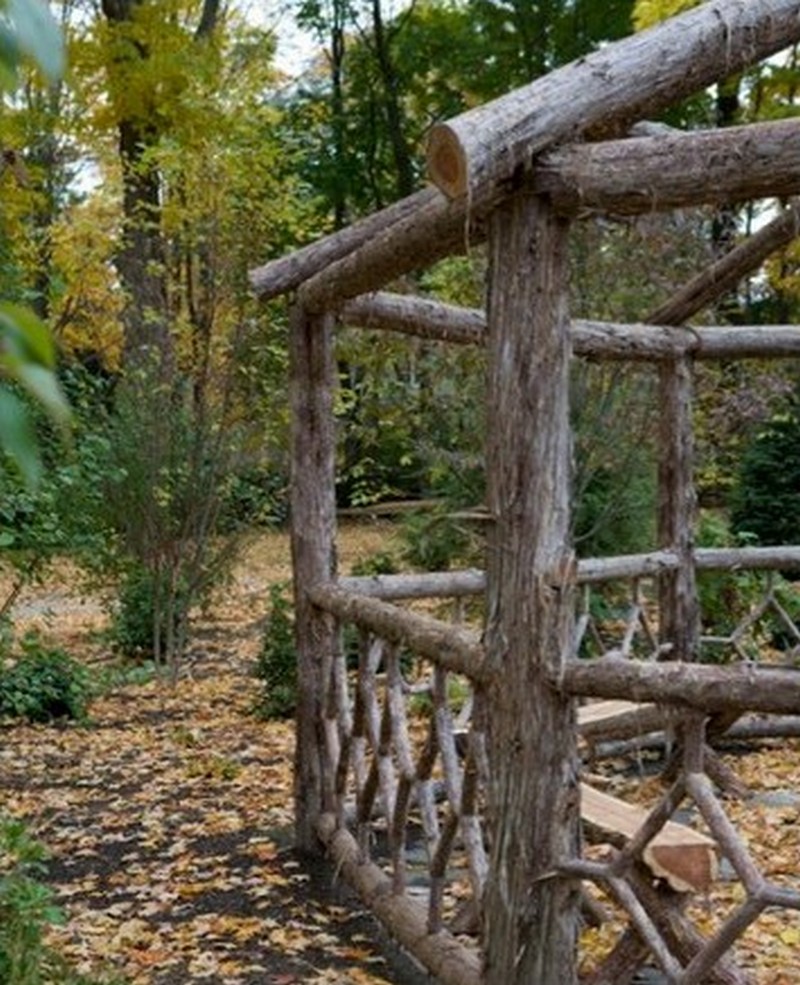
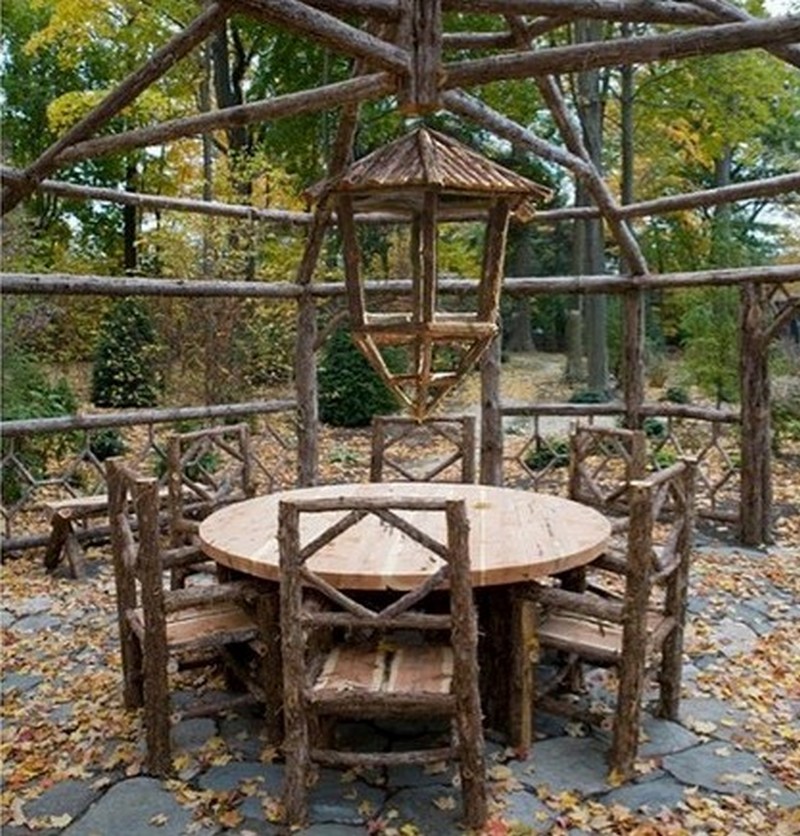
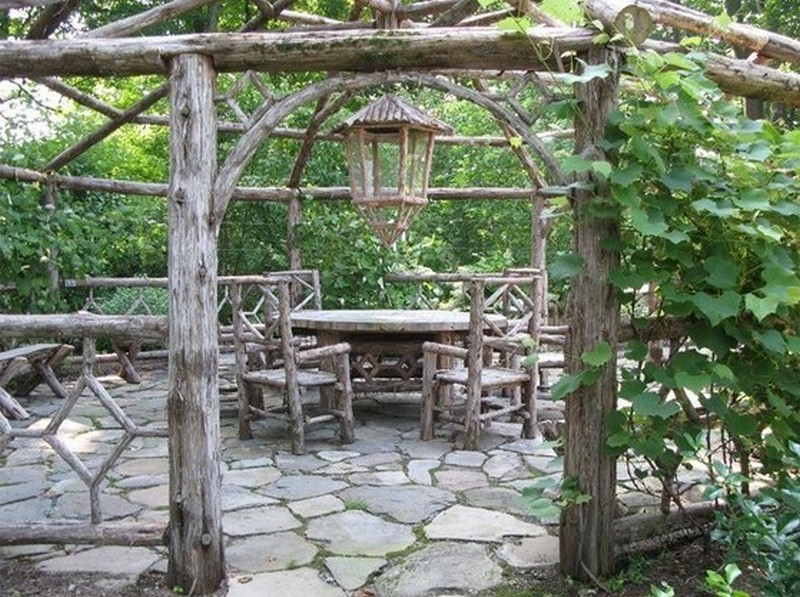

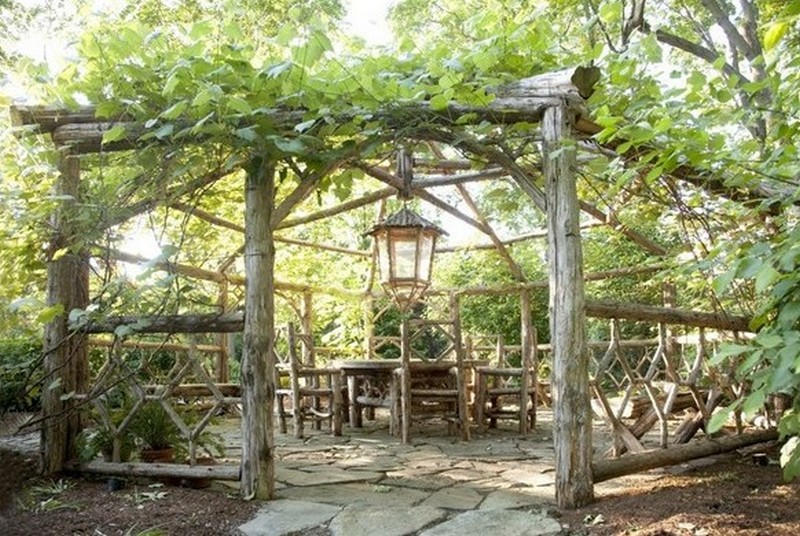
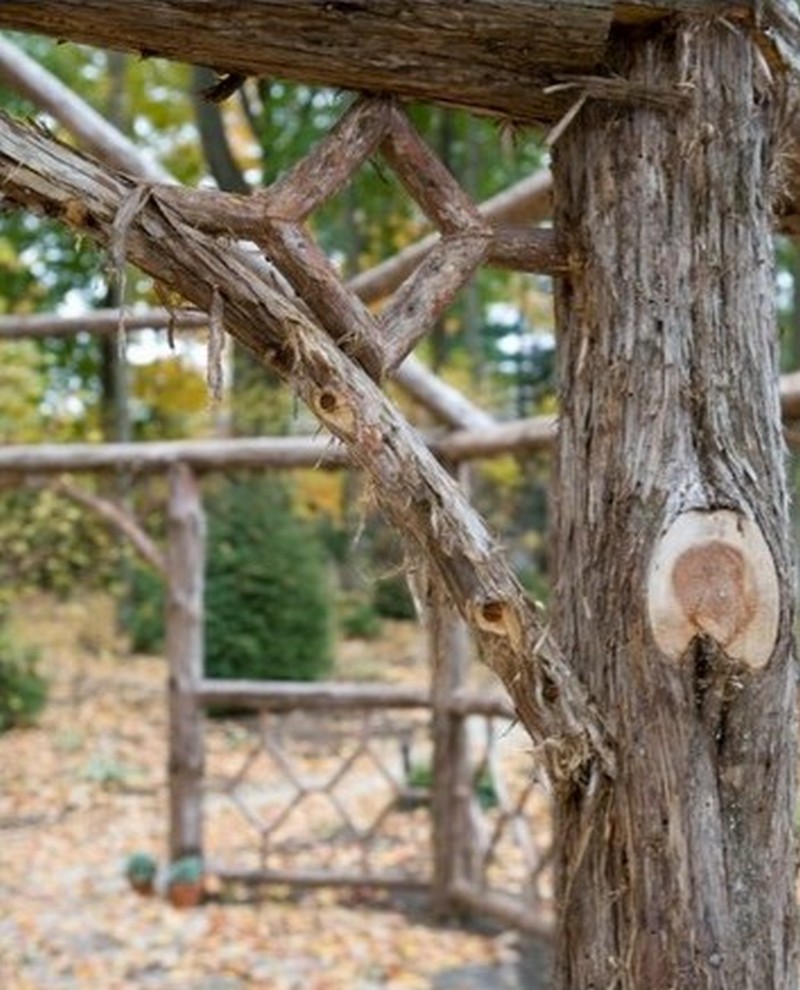
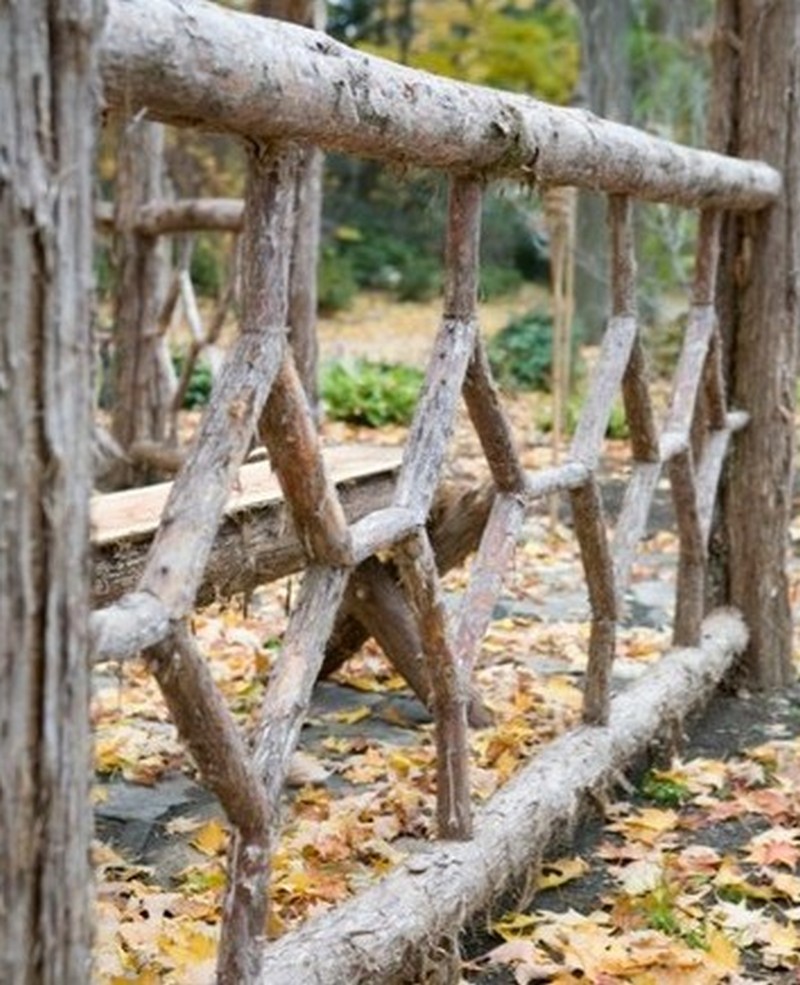
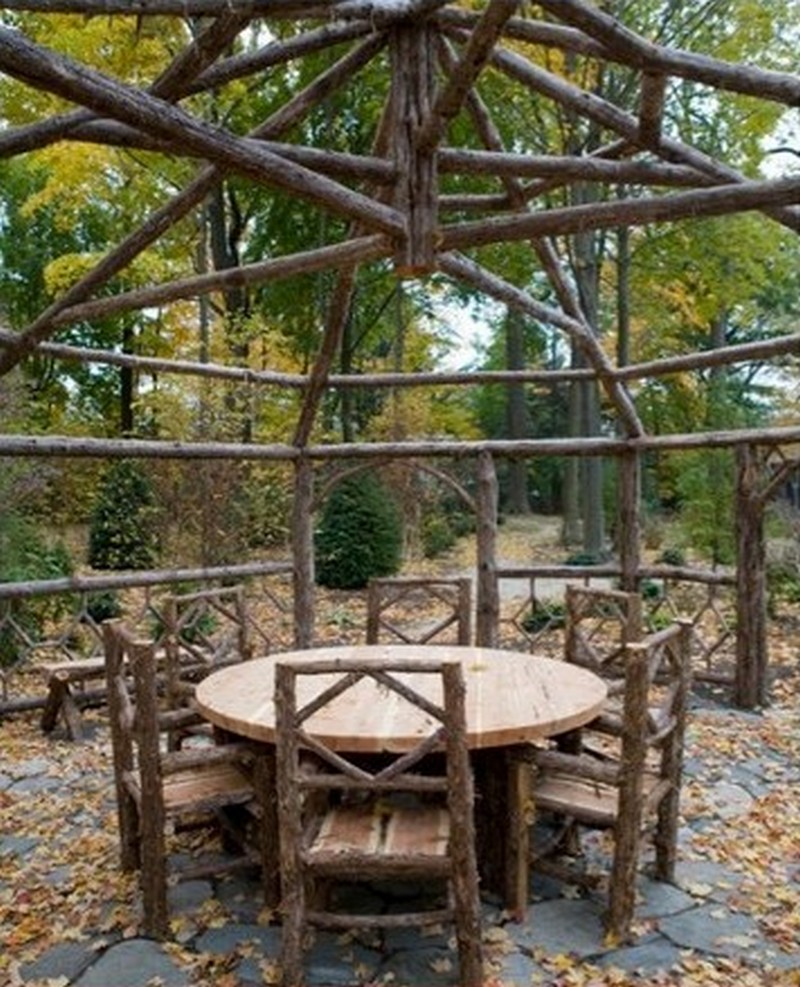
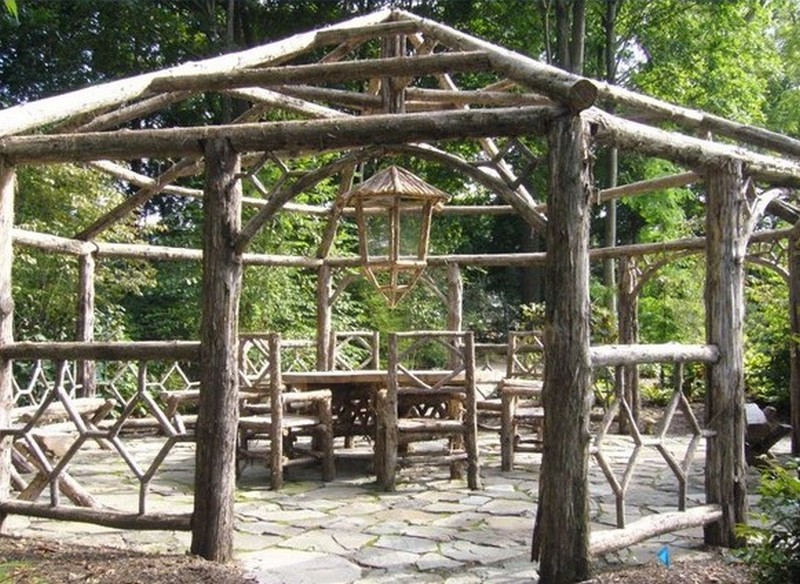
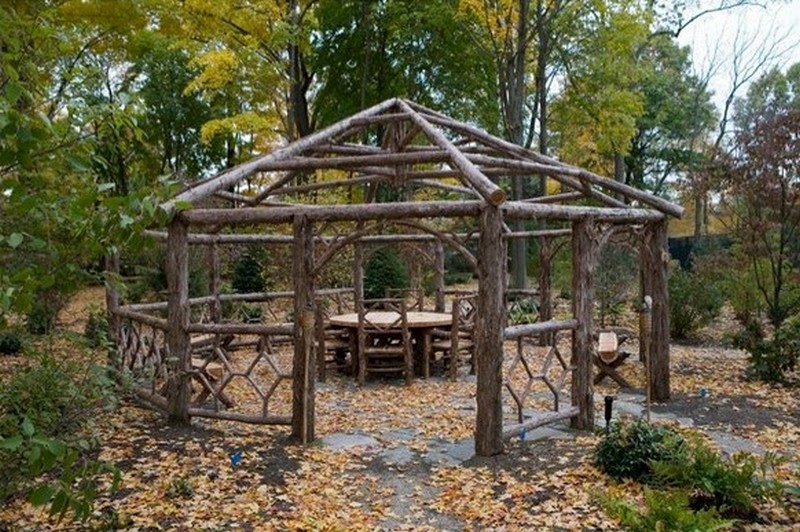
Adding Comfort and Function to Your Rustic Log Gazebo
A rustic log gazebo offers more than just visual appeal. It can become a functional outdoor retreat where you can relax, entertain guests, or even enjoy a quiet afternoon with a book. To make the most of your gazebo, it’s worth adding features that boost both comfort and usability. With the right additions, your rustic log gazebo can become one of the most inviting spaces in your backyard.
Built-In Seating for Effortless Lounging
Adding built-in benches or log seating makes your gazebo more practical for gatherings and daily use. You won’t need to move chairs in and out. Benches can follow the curve of the gazebo or align with the post layout, enhancing the rustic look. Use weather-resistant cushions to increase comfort without losing the natural aesthetic.
Add a Table for Dining or Game Nights
If you plan to dine or entertain under your rustic log gazebo, a sturdy table is a smart addition. A log-style or reclaimed wood table will match the gazebo’s rugged look. Round tables work well in circular gazebos, while square or rectangular ones suit more angular layouts. A center table also provides a surface for lanterns, drinks, or outdoor games.
Incorporate a Fire Pit or Heater
A small fire pit can extend the use of your rustic log gazebo into colder months. If open flames aren’t practical or safe, consider a propane heater or electric outdoor heating lamp. Be sure to follow safety guidelines and keep the structure well-ventilated. A central heating element adds ambiance and warmth for evening gatherings.
Install Privacy Features
Curtains, roll-down bamboo blinds, or lattice panels can offer privacy and shade. These additions let you control how much sun or wind enters the space. They also give the gazebo a cozy, enclosed feeling without fully blocking the outdoors.
Decorate with Rustic Lighting
Lantern-style string lights or solar-powered fixtures enhance visibility and atmosphere. Hang lights from rafters or wrap them around the posts. For a classic touch, add a wrought iron chandelier or antler-style light fixture in the center.
Add Functional Storage Options
Small shelves or a corner cabinet can hold outdoor essentials like blankets, tableware, or board games. Storage solutions help keep the space neat while supporting how you use your rustic log gazebo every day.
These comfort upgrades turn your rustic log gazebo into more than just a pretty structure. They make it a destination—one that feels welcoming and useful year-round.
Landscaping Ideas Around a Rustic Log Gazebo
The charm of a rustic log gazebo goes beyond the structure itself. How you design the space around it can make the entire area more inviting and cohesive. Well-planned landscaping helps the gazebo blend naturally with your garden, enhances visual appeal, and encourages people to use the space more often. Whether your yard is large or small, there are plenty of simple yet effective ways to elevate the surroundings of your rustic retreat.
Use Native Plants and Wildflowers
Choose plants that thrive in your local climate. Native grasses, wildflowers, and shrubs add color and texture while requiring less maintenance. Planting them around the base of your rustic log gazebo softens the edges and creates a seamless connection with the landscape.
Add a Stone or Gravel Pathway
A winding path made of flagstone, pea gravel, or reclaimed bricks leads the eye toward the gazebo and gives it a sense of destination. Edging the path with low-growing plants or solar lights adds character and makes the walkway practical, even after sunset.
Create a Ground Cover Border
Instead of using just mulch or bare soil, consider ground cover plants like creeping thyme, moss, or sedum. These add greenery underfoot and help tie the gazebo to the natural elements around it. Ground cover also reduces weeds and adds visual softness.
Frame the Space with Trees or Bushes
Use small trees or ornamental shrubs to create a sense of enclosure without blocking the view. This framing makes the rustic log gazebo feel tucked into the landscape while still being open and accessible. Fruit trees or flowering varieties can add seasonal interest.
Incorporate Decorative Rock Features
Boulders or small rock gardens placed near the gazebo add a rugged, earthy feel. They complement the log construction and reinforce the rustic look. You can also use stacked stones as natural edging for flower beds around the gazebo.
A thoughtful landscaping plan highlights the rustic beauty of your log gazebo and creates a more inviting space for relaxing or entertaining. With the right mix of plants, paths, and textures, the area around your rustic log gazebo can feel like a natural extension of your home.
Conclusion
Building a rustic log gazebo transforms any outdoor space into a cozy, timeless retreat. With the right wood and thoughtful design, it becomes both functional and beautiful. It’s a rewarding project that adds lasting value to your garden or backyard.
If you liked this project, you will also like viewing these DIY sheds and workshops…






